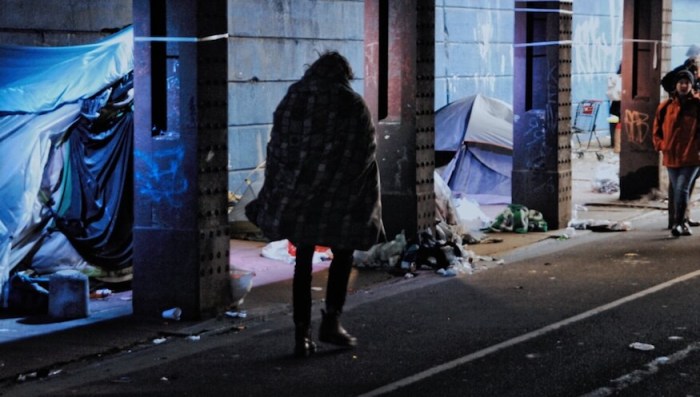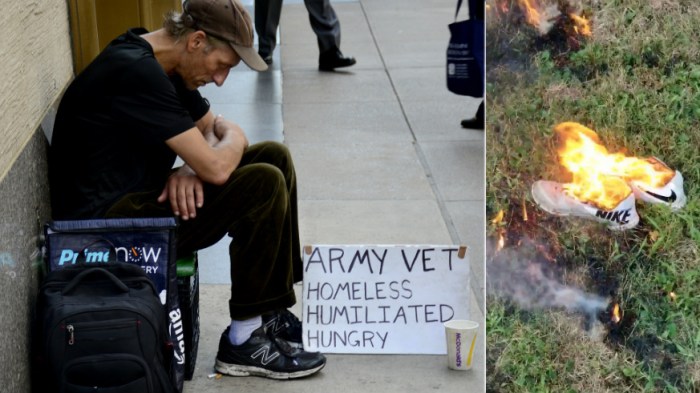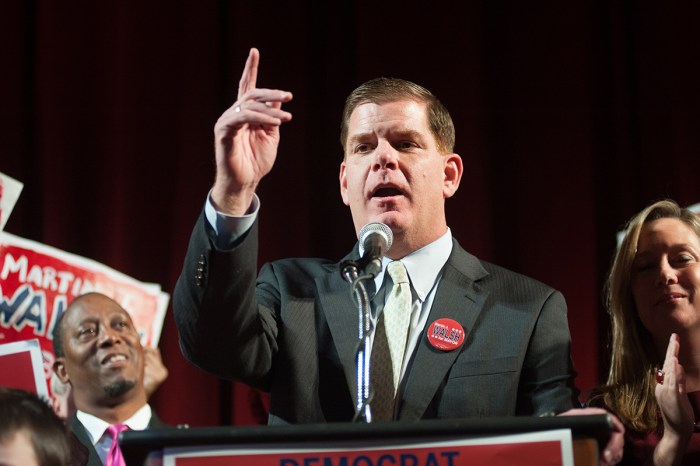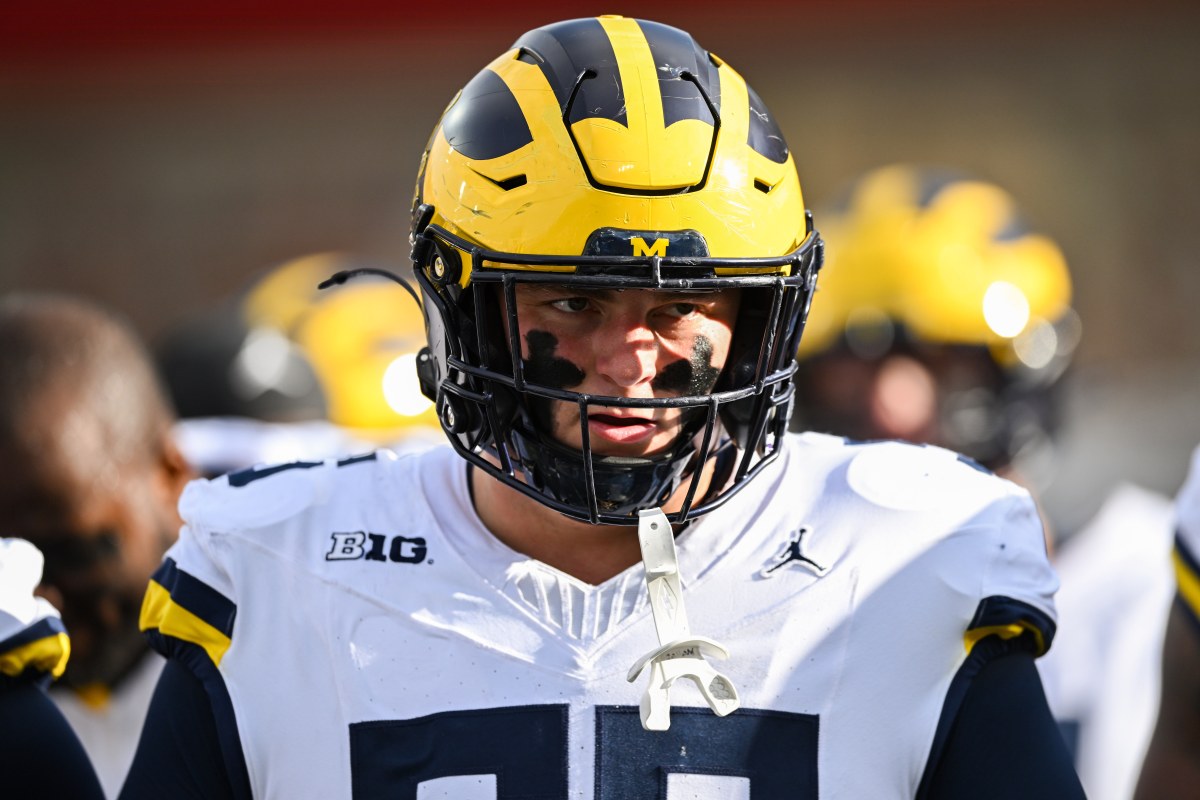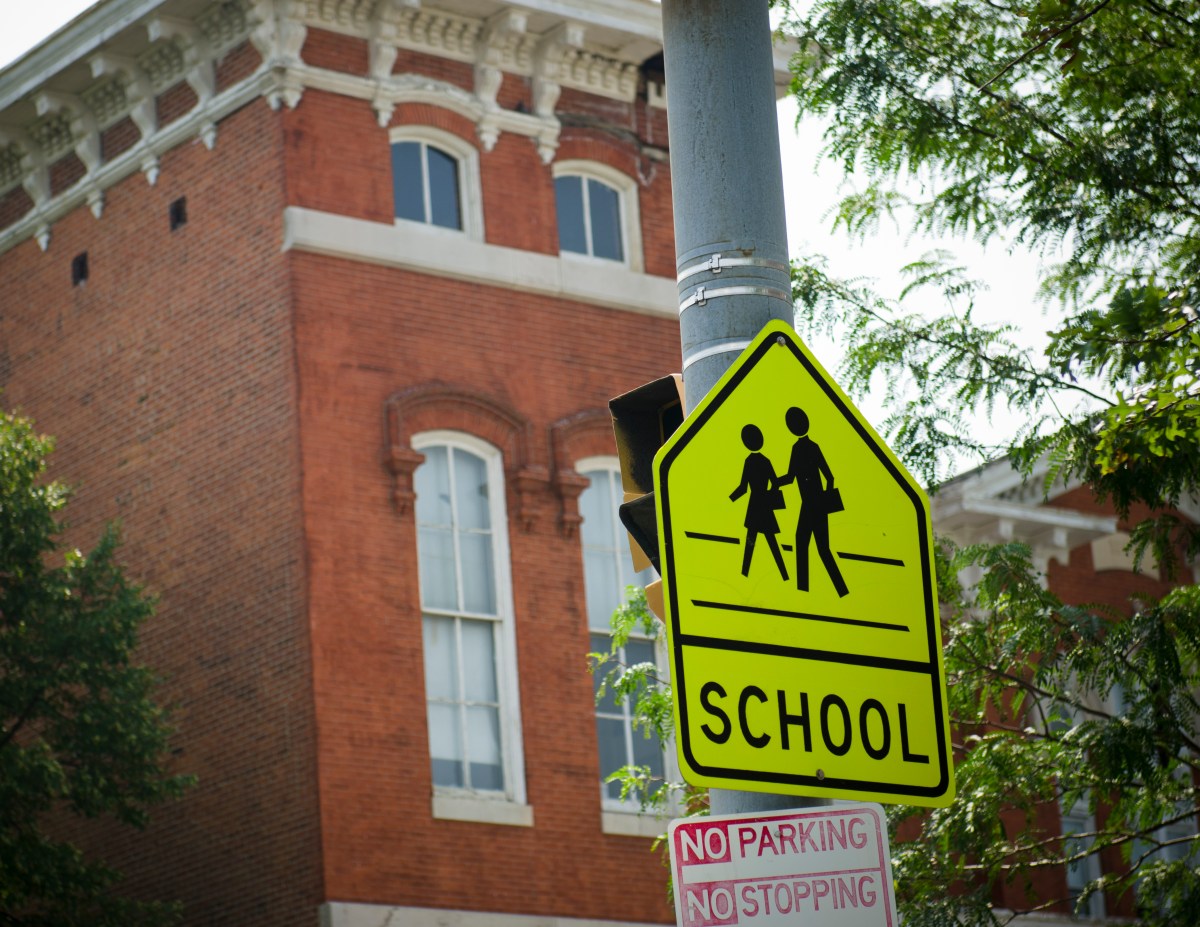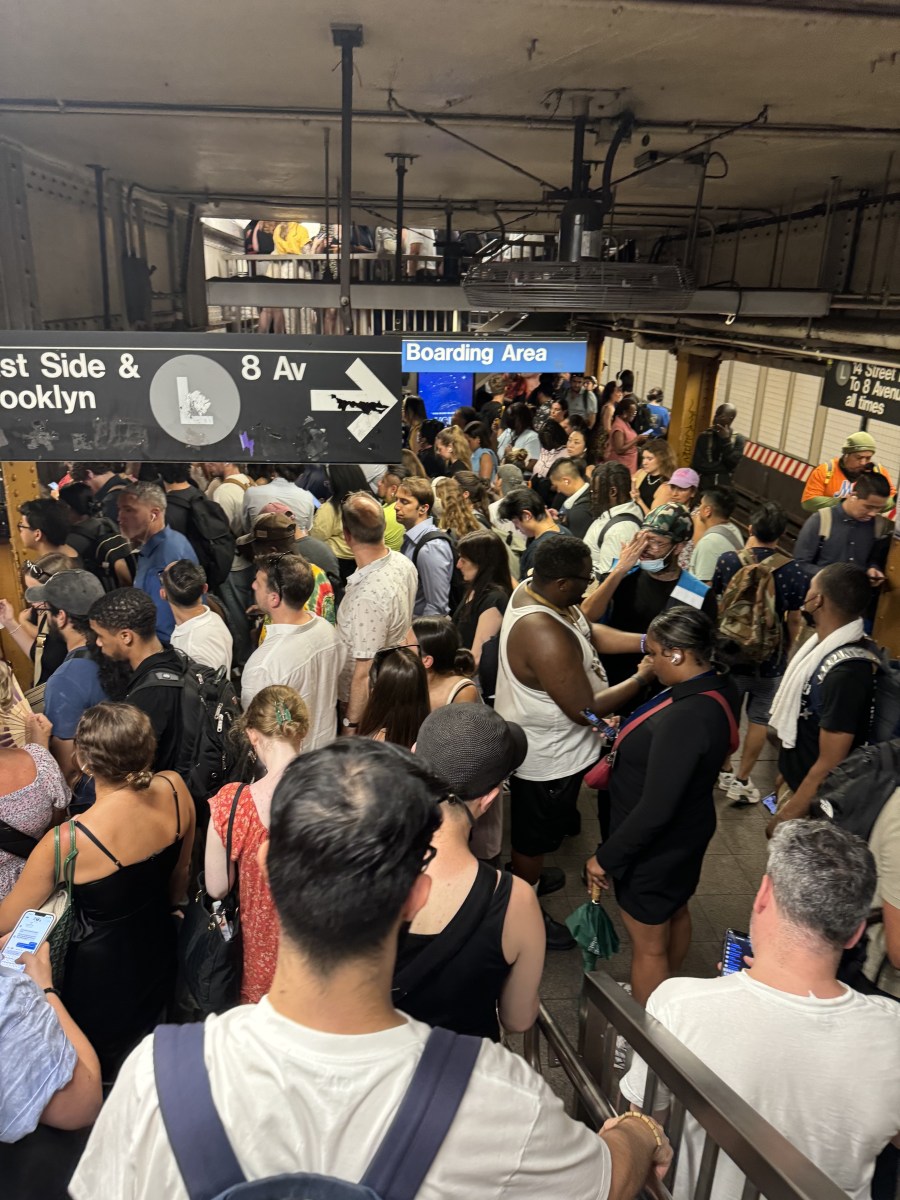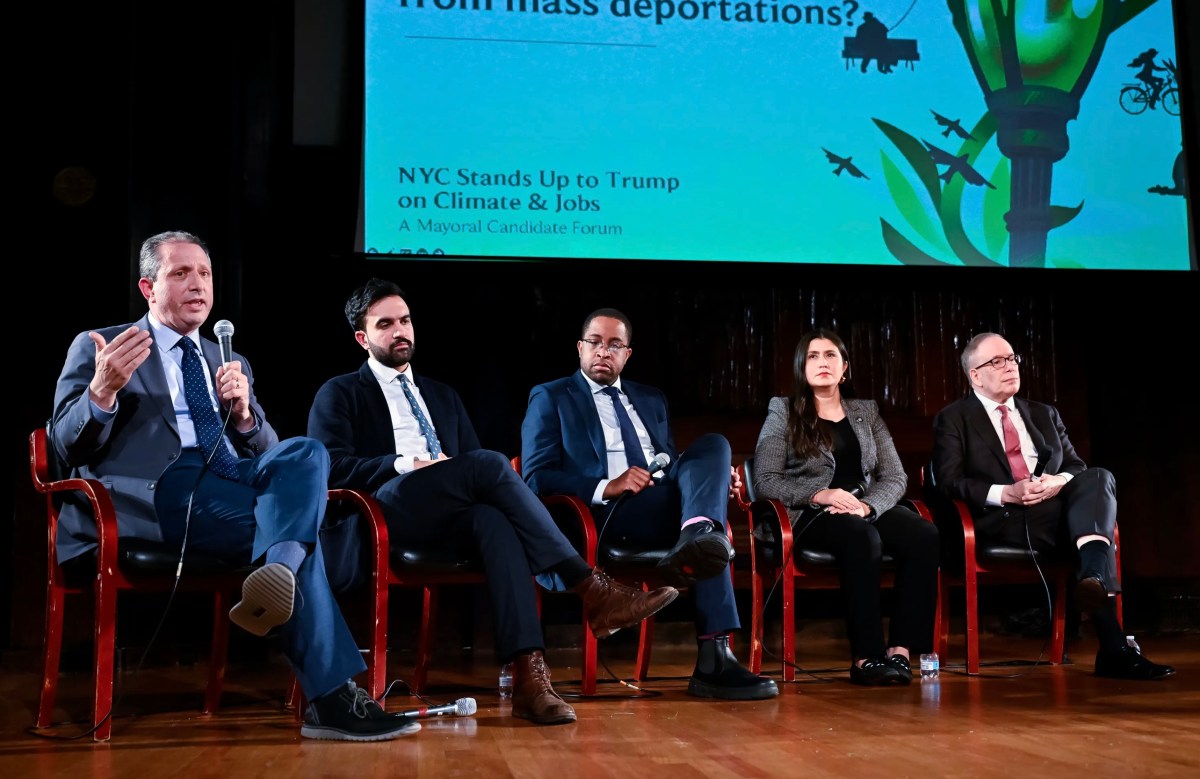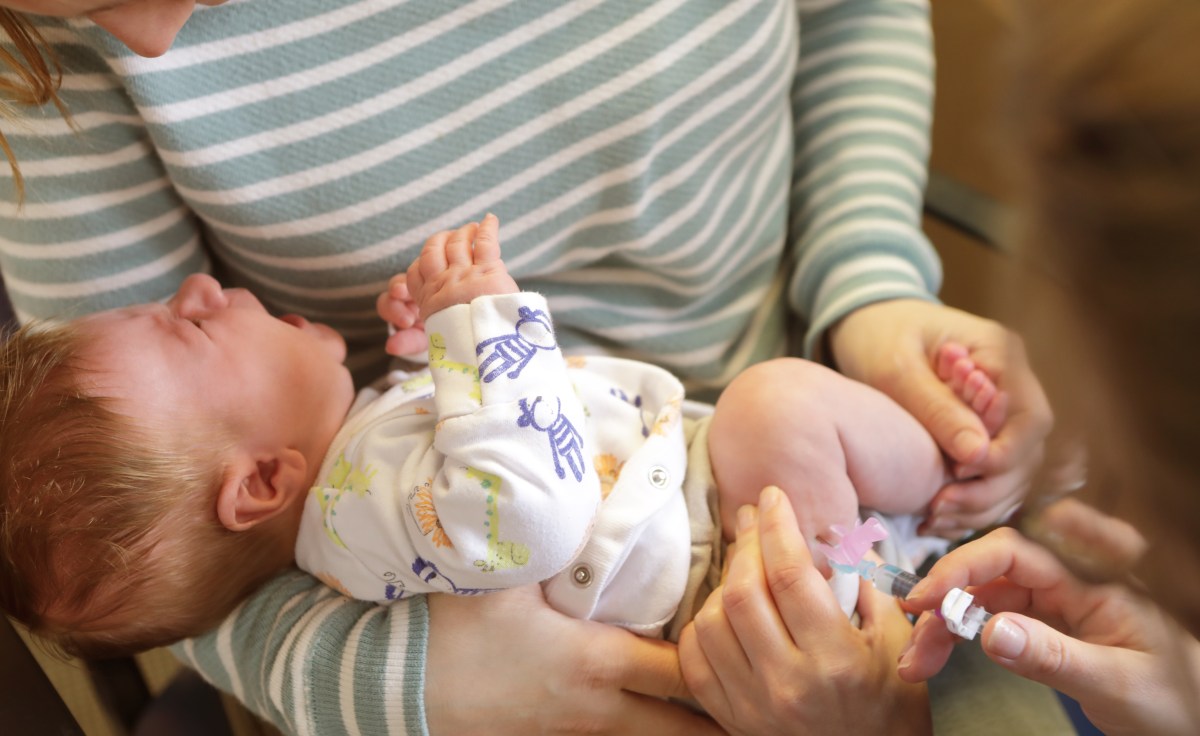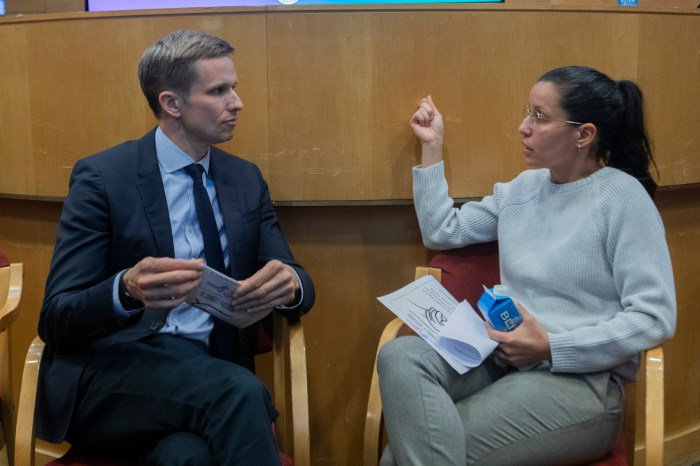About 3,000 Boston Public School students are currently experiencing homeless, though experts believe that the number may be much higher out of the roughly 56,000 students currently enrolled, and school officials believe that figure is growing.
For students like Stacy and Grisana, two Jeremiah E. Burk High School sophomores who spoke about their own experiences being homeless during a panel discussion at the Youth Homelessness Prevention Forum at Boston Public School (BPS) headquarters on Tuesday, their economic situation radically affected their education.
Stacy became homeless when she was 13, and was frequently in and out of shelters. Grisana became homeless last November and her four-person family had to stay with her aunt and cousin, all cramped in a two-bedroom apartment.
To Grisana, school was a refuge, a safe space, a place to escape from her home situation, though she acknowledged her experiences made it hard to focus on her education.
To Stacy, it was the opposite — school was such a distraction that she would skip often. “I felt like, why should I have to go to school when I’m going through the things I’m going through?” she said.
Now, both students are excelling at Burke. Lindsa McIntyre, the school’s headmaster, said that’s because she works hard to centralize the services students like Stacy and Grisana need at the of the school, “to support them where they’re most comfortable.”
“One of my fundamental beliefs in leading this school is to lead it from the heart and to be sure that we’re servicing the whole child, not just child’s academic ability to achieve on a state assessment,” she said.
To help other homeless students find similar success, BPS and Mayor Marty Walsh have set aside $1.2 million of the city’s fiscal 2018 budget to establish a “hub-and-spoke” model to help connect students and their families with community services.
“[We need to] support schools, which serve as local ecosystems. The goal is to enhance access, better communicate and collaborate,” BPS Superintendent Tommy Chang said at the forum.
An “essential” component of this effort is that each school in the system will now have a point-person specifically for the issue of youth homelessness.
“Every school will have a liaison; the liaison will serve as the person who collects all the resources, knows where all the resources are and can be a liaison between community partners and our students and their families,” Chang told reporters. “This is work that’s to support both the young person and their families.”
Those liaisons can be someone like a teacher or guidance counselor who will be further trained to focus on homelessness, those resources available and other issues often related, such as trauma.
The $1.2 million will also be allocated to schools based on how many homeless students they have through an equity-based formula, Chang said.
An important part of addressing youth homelessness, according to experts, is to personalize the services, because there is no “universal” homeless experience.
McIntyre, the headmaster at Burke, is hopeful about the new BPS initiative to add in-school liaisons. It doesn’t make sense, she said, for schools to have relationships with students and assist with their struggles without also having the ability to help them right there.
“It makes more sense to embed those services, those networks and those people right there in the school,” she said, “so the child doesn’t have to go out of their way to be served.”

